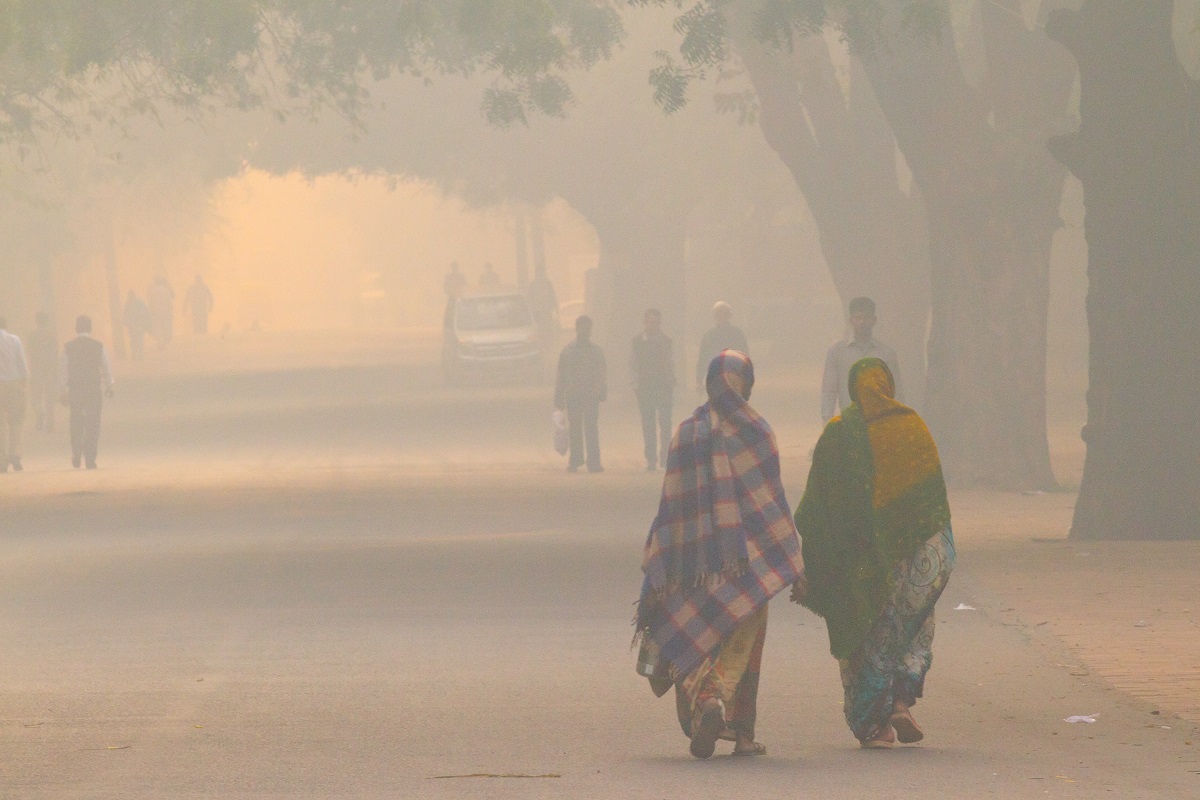The air quality of Delhi remained very poor on Wednesday. In Delhi, the contribution of stubble burning to PM2.5 levels peaked in November, hitting a high of 48% on November 7 before falling to 35% on November 12.
Despite the low contribution of stubble burning to PM2.5 levels, Delhi had three ‘severe’ air days between November and 28.
The average air quality index for November was the worst in six years, according to Central Pollution Control Board data.
November’s average AQI this year was 377. The figure for the corresponding period in 2020 was 327, while 2019 had an average AQI of 312.
November had an average AQI of 334 in 2018 and 360 in 2017. The average November AQI for 2016 was 374, marginally lower than this year’s figure.
November 2015 had an average AQI of 358 for 29 days. The AQI data for November 30, 2015, could not be accessed.
SAFAR Founder Project Director Gufran Beig attributed the poor air quality in November to the peak stubble burning season being delayed by a week due to the delayed monsoon withdrawal. The air quality usually gets worse in October and November, but it shifted to November this year, he said.
In Delhi, the contribution of stubble burning to PM2.5 levels peaked in November, hitting a high of 48% on November 7 before falling to 35% on November 12. The share subsequently declined to reach 5% on November 20 and 3% on November 28 as the paddy harvesting and winter sowing season drew to a close. On Tuesday, the share of stubble burning to PM2.5 levels fell to 1% in Delhi, according to SAFAR’s forecasting system.
Despite the low contribution of stubble burning to PM2.5 levels, Delhi had three ‘severe’ air days between November and 28. Beig said this was caused by a fall in temperature and low wind speed.
Warm air, with lower density, rises higher and disperses pollutants. In winter, as temperatures decline, the air close to the surface cools. This denser air does not mix with the warmer layer above it, trapping the pollutants.
When the Delhi government announced the first set of emergency mitigation measures on November 13, the National Capital had already recorded six ‘severe’ air days from November 5.











